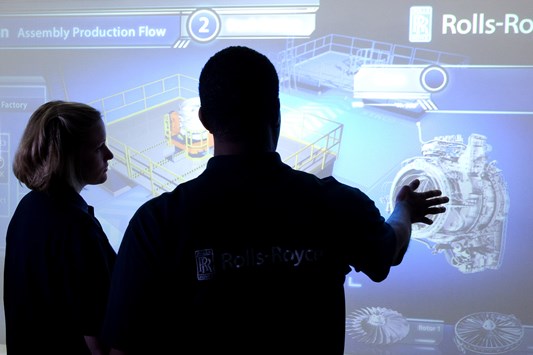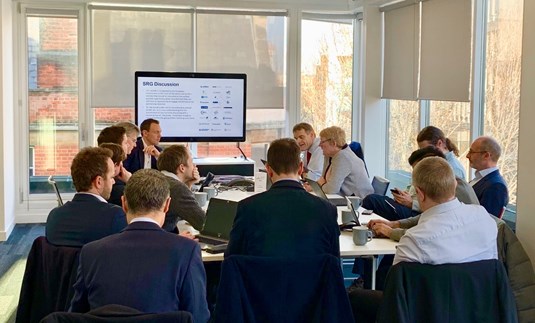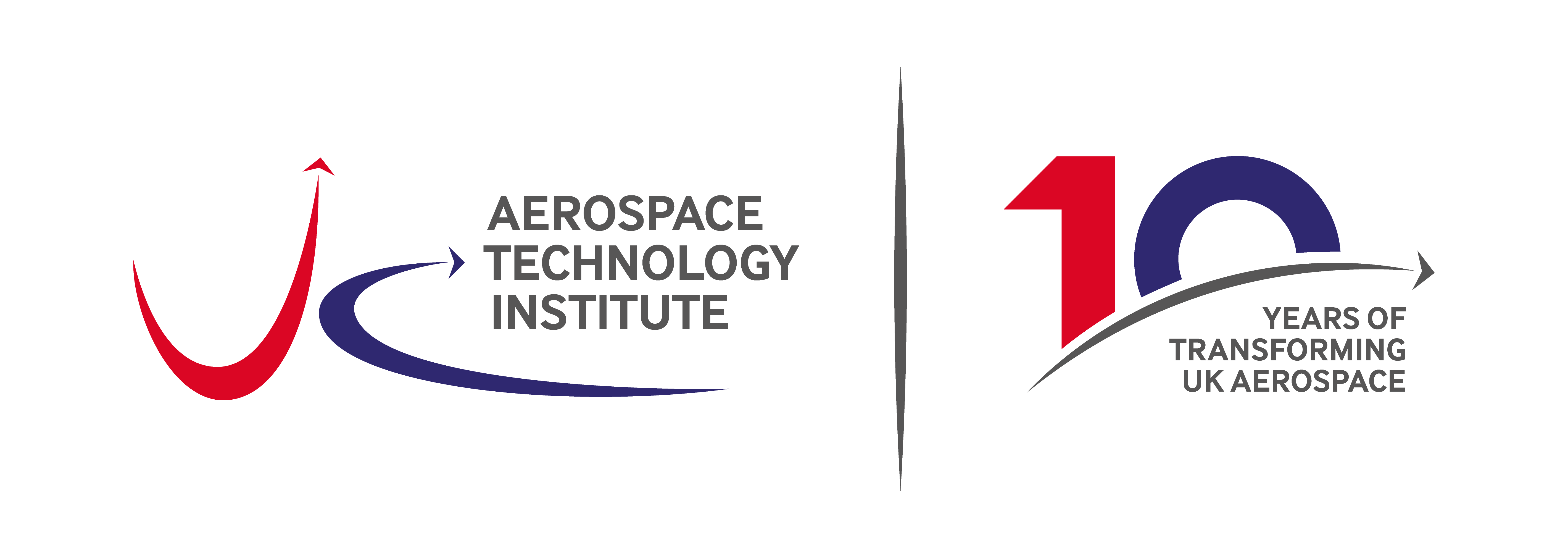International Collaboration in Aerospace R&D
Aerospace is global, but much of the research and development that goes into it is national. This blog explores why, and looks at the arguments for more international collaboration in aerospace R&D.
Aerospace is global. A handful of primes from Europe and the Americas sell their products around the world, underpinned by a globally dispersed supply chain. Primes and first-tier suppliers have set up shop throughout the world, joining local companies in many countries. Governments see the value that aerospace can bring to their economies and are keen to support this – often influencing where things are sourced and made in the process.
The UK reflects this global reality. It is home to large players such as Rolls-Royce, BAE Systems, GKN and Meggitt, and hosts important parts of major overseas companies such as Airbus, Safran, Thales, Leonardo, GE, Collins, Spirit and Raytheon. With no UK-based prime, the UK takes the role of supplier to the global industry, competing for export orders and inward investment.

What does this mean for research and development?
Innovation often determines competitive success, so suppliers around the world carry out R&D to retain their place on aircraft platforms and to win new business – often supported by governments. Modern aircraft are therefore the result of integrating many different technologies developed in many different countries – but often at national level.
This system has much to recommend it. Different countries have established expertise in different technologies; international competition sharpens performance; and government support accelerates and de-risks important and expensive innovations that would otherwise struggle for investment. But it also has drawbacks. Different technologies must work together and be successfully integrated. Some projects are too large and expensive for one country to manage. As products become ever more complex, nobody has all the answers, even in distinct technology domains. And as aviation addresses simultaneously the challenge of zero carbon on the one hand, and the exciting opportunities of new mobility markets such as urban air taxis on the other, the industry must explore a dizzying variety of new technologies in short order; no one country can cover the entire waterfront alone.
International collaboration in aerospace R&D is therefore important and becoming more so. The main mechanisms to date by a long chalk have been the EU’s framework programmes, which in recent years have included large and ambitious initiatives on aviation and aerospace. The UK has participated actively in these, joining over 200 Clean Sky and SESAR projects in the past five years. These have delivered financial benefits to the tune of £50m annually, but much more importantly, they have enabled UK companies, universities and research organisations to broaden their knowledge, enter international supply chains at an early stage, work at greater scale, and establish new partnerships.
What does the ATI do on international collaboration?
Our mission is to boost the UK economy, so firstly we must ensure that the collaborations we support are right for the country. Potential partner countries must have complementary objectives to us, and we must be able to work successfully together. But this leaves plenty of scope. One straightforward intervention is to help organisations use what is already available; we therefore work with Innovate UK and partners such as the University of Nottingham to promote European R&D calls to our stakeholders. Beyond this, there is a range of activity from providing information and putting people in touch with each other, through round table events to enable potential partners to meet and discuss mutual interests, to tailored bilateral funding calls. Sweden, Canada, Norway, Japan and the US have been the focus for us so far.

What might the future hold?
European collaboration remains vital; we hope UK aerospace remains active during the 2020 Brexit transition period, and we are making the best case for continued UK access to framework programmes after 2020. Beyond that, Sweden has already joined us in a bilateral R&D call, resulting in some high-quality projects, and we hope to launch a second round soon. Later in 2020 we aim to open a call with Canada, and we will broaden our discussions with a number of other countries.
Initiating international collaboration is hard work but it is key to our strategy. Prioritising our efforts is an ongoing task; we are helped hugely by the hard-working members of our International Advisory Group, and we are keen to hear further from industry, academia, overseas organisations and others about collaborations that they would find useful. If you want to discuss this with the ATI, contact Scott Pendry.
Image credit: Rolls-Royce PLC

